Fort Polk Celebrates 75 Years As America’s Premier Training Facility For Harsh Conditions
By Brad Goins
On Dec. 7, 1941, Japan conducted a massive attack on Pearl Harbor that would ensure that the United States would immediately declare war.
It was a war the U.S. Army had already been preparing for at a 100,000-acre facility in Louisiana called Fort Polk.
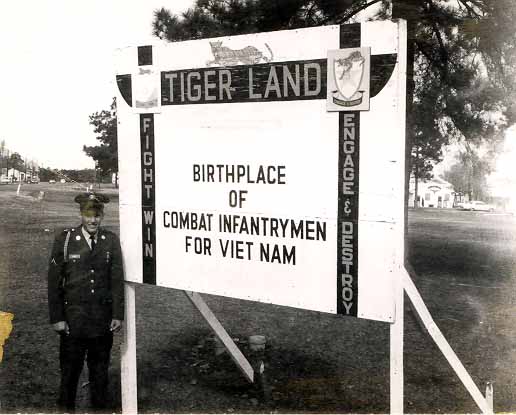
The first phase of the training began in September, 1941. One month later, an October, 1941, issue of Life magazine called the huge Fort Polk training effort the “greatest sham battle in U.S. history.”
Such future World War II leaders as Eisenhower, Bradley and Patton were at the site of the maneuvers at various times.
While some of the Fort Polk training focused on the military needs of the European Theater, the driving mission of the fort became the preparation of troops for the conditions to which Japanese soldiers were accustomed.
A large Louisiana swamp was considered the best place to prepare Americans for the tropical heat, rain, insects and snakes to which the Japanese had grown accustomed during their adventurism in south Asia and the major South Pacific islands.
Fort Polk troops endured long marches, during both the day and night. These night marches were important, as the U.S. command knew the Japanese preferred the unorthodox practice of night fighting.
Soldiers were trained to go for long periods without food; to deal with semi-tropical rains and insect bites.
A total of 17 troops died in just the first week of the maneuvers. While these results may sound negative, the total of 17 dead was, in fact, far below the 130 deaths the U.S. Army had predicted for the period.
Every day of the maneuvers, 100 or more soldiers were hospitalized. (Again, the figure sounds high; but in a force of 350,000 to 500,000, it is not.)
‘The Tail End Of A Hurricane’
Eisenhower wrote that the second set of maneuvers took place as the area was hit by “the tail end of a hurricane.” This would only have aided in the effort to try to reproduce conditions in jungle areas that had frequent rains or went through monsoons.
In a 75th anniversary retrospective published this year, Fort Polk’s Guardian magazine stated, “troops could engage in simulated battles on unfamiliar and difficult terrain in extreme weather, from blinding rain to stifling heat.”
The approach taken by the man organizing the training — then-Army Chief of Staff Gen. George C. Marshall — was that if U.S. troops were going to make mistakes in handling the rough tropical terrain, it was best that those mistakes be made the first time in Louisiana, where they could immediately be corrected — and not in the chaotic and dangerous conditions of overseas battle.
More than half the U.S. Army divisions that fought in World War II went through the maneuvers at Fort Polk.
In addition to mass training of troops, Fort Polk, which was called “Camp Polk” at the time, was a prisoner of war camp for captured Germans. The prisoners worked by picking cotton and rice and cutting lumber. They were not required to work and could opt out of working if they so chose.
Tigerland Prepares Troops For A New Kind Of War
Training at Fort Polk dropped off sharply after the end of World War II. For 15 years, the post was closed at times; it reopened on many occasions when training for a difficult conflict was needed.

In June, 1962, Fort Polk became an infantry training center, with the 49th Armored Division being the first group to go through exercises.
They found themselves engaging in demanding military maneuvers in two mock Vietnamese villages. The villages, which had been constructed in as realistic a manner as possible, included the sharpened bamboo stakes upended in the ground, as well as other booby traps commonly employed by the North Vietnamese Army and the Vietcong.
The great attention to detail is seen in one historical Fort Polk photo of a village hut in which a pair of live chickens stands in the doorway of a hut. (Such meticulous preparation was part of U.S. military tradition. When the U.S. tested incendiary bombing of mock Japanese homes during World War II, they went to the point of including exact replicas of the cups, dishes and cutlery found in the typical house in Japan. Planners tried to reproduce even the most minute details in the environment the U.S. forces would face.)
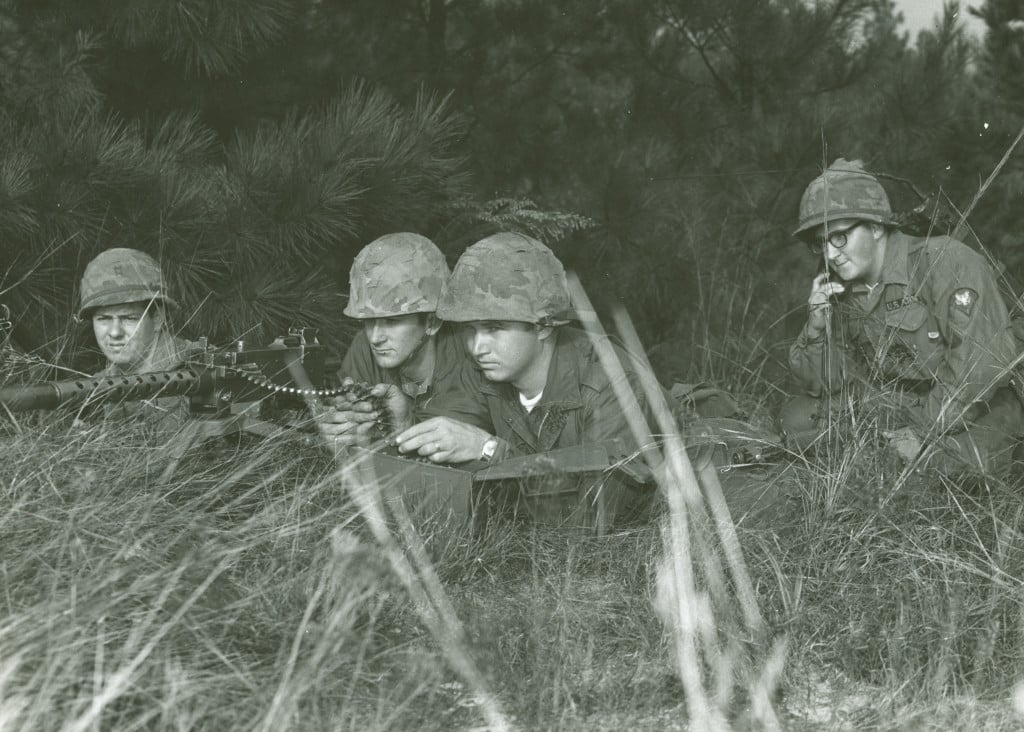
In The Guardian magazine’s recent retrospective, Wayne Grutzmacher, who trained at Fort Polk during 1965, remembers that the troops being trained “ran to almost every training area. We kept running and running just like Forrest Gump … We had maybe only 3-4 hours of sleep … It was hot and humid and it rained.”
This recruit claimed that all four varieties of poisonous snakes in the U.S. could be found on Fort Polk grounds. Again, the military must have considered this the closest the U.S. could come to mimicking one of the actual conditions of fighting in Vietnam and Laos.
Grutzmacher remembers a particularly distinctive feature of the program:
“The training sites had ‘lister bags’ full of water hanging from tree limbs. These were about the size and shape of a duffel bag with a spigot at the bottom. The soldiers quenched their thirst at these lister bags while at the training site.”

Says Grutzmacher, “Training was intense. We all knew that we were going to Vietnam after training and we were also reminded by the training instructors every day.”
He also recalls that some of Fort Polk’s precision training techniques weren’t always used in the field of real combat.
“We were trained how to assault a hill with fire teams. The first team would lay down fire while the second team would advance and then drop and lay down fire for the first team to advance. We practiced that many times.
“However, we never really put that into practice in Vietnam. Probably because most of our NCOs were Korea vets and did not receive that type of training and just told us to walk up the hill. I am certain we took some unnecessary casualties because of that.”
Eventually more than one million soldiers went through the Fort Polk training on the assumption that they might eventually see combat in Vietnam.
Wrapping Up The Cold War
In October, 1974, Fort Polk became the new home of the 5th Infantry Division (Mechanized), and basic training was phased out. In the spring of 1976, the Infantry Training Center closed its doors.
After the end of the Vietnam conflict, Fort Polk shifted its emphasis to address the new focus of the Cold War, namely, the threat to the U.S. and NATO forces of Soviet influence in Eastern Europe.
To face this threat, every two years, the U.S. went through a major series of military maneuvers in Germany. Many troops trained in Fort Polk took part in these maneuvers, which were called REFORGER.
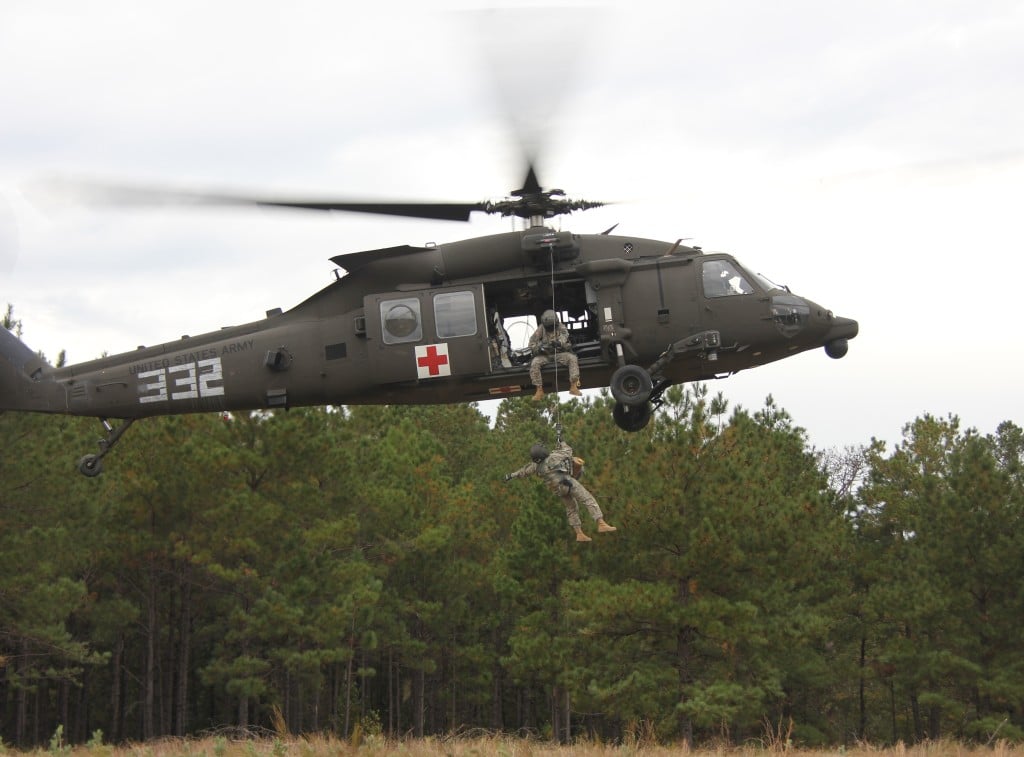
Training in a more conventional form of welfare was probably of benefit to those members of the 5th Infantry Division who were at the heart of the U.S. forces sent into the conflict in Panama in 1989.
Delta Force personnel from the fort also participated in the now-famous “Black Hawk Down” incident in Somalia, in which they were obliged to respond to guerilla warfare comparable to what U.S. soldiers had faced in Vietnam. The Somalis were less savvy and well-trained than the Vietcong, but, surprisingly, proved to be every bit as persistent and determined.
Always Adapting
Adolphus does an excellent job of explaining the changes to which Fort Polk has adjusted since the end of the Cold War in 1990 and rapid acceleration of the War on Terror in the early years of the 21st century. He says, “with the end of the Cold War, there was no longer a need for huge, mechanized armies and conventional warfare. The U.S. Army inactivated many of its large divisions [including] the 5th Inf. Div., and began to focus its training on peace keeping, rapid deployment and anti-terrorism.”
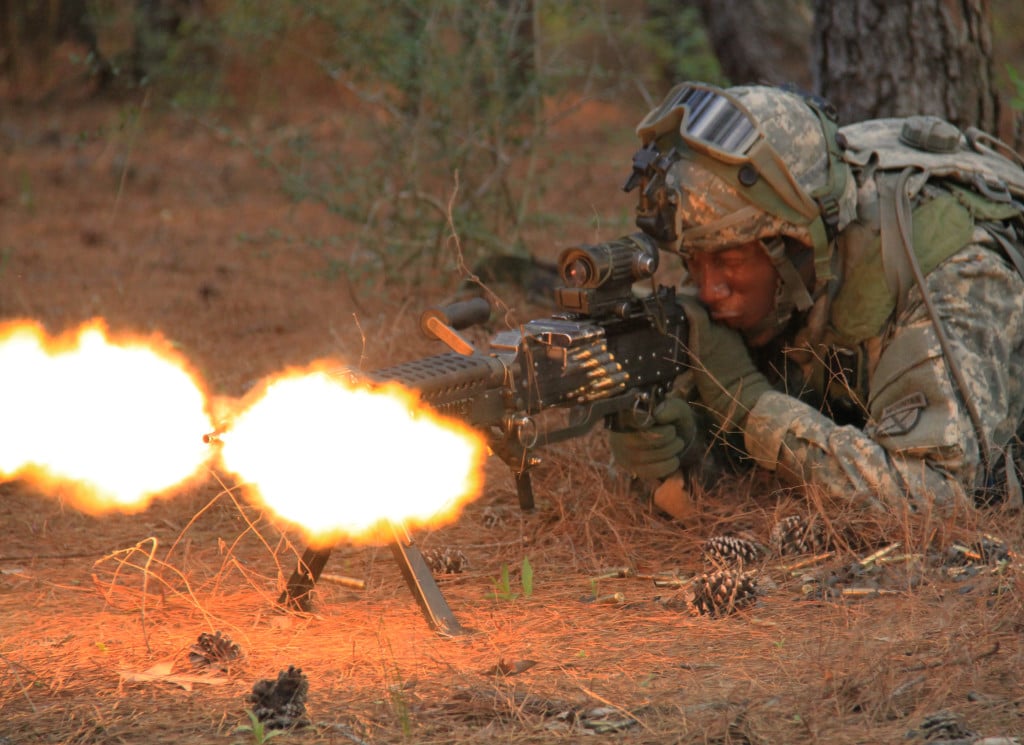
Exercises, which allow for incorporation of the Air Force and other armed services, are structured to prepare troops for battle against insurgents and terrorists.
The U.S. Army continues to move from a division- to a brigade-based force. The Brigade Combat Teams at Fort Polk are trained to operate so that they can stand alone and function in a self-sufficient manner. These brigade teams, which number 4,000 or so, are assisted by modular supporting brigades, which enable joint, inter-agency and multi-national operations.
Specialties emphasized for the War on Terror include training of light infantry and special operations forces.
The new needs generated by the forms of recent warfare have spurred a $300-million construction boom at Fort Polk. The base feels that its new library and education center now sets the standard for the entire Army.
As the nature of contemporary warfare continues to change, the U.S. Army will continue to turn to Fort Polk as the single best site for the new training needed to meet the new demands of warfare.
Photos Provided By Fort Polk, Beckwith



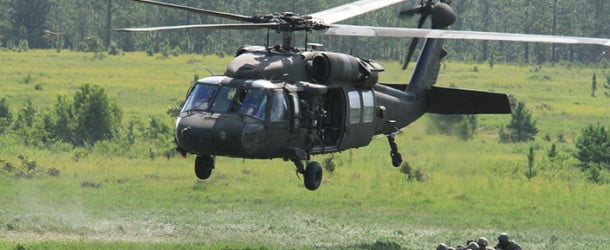

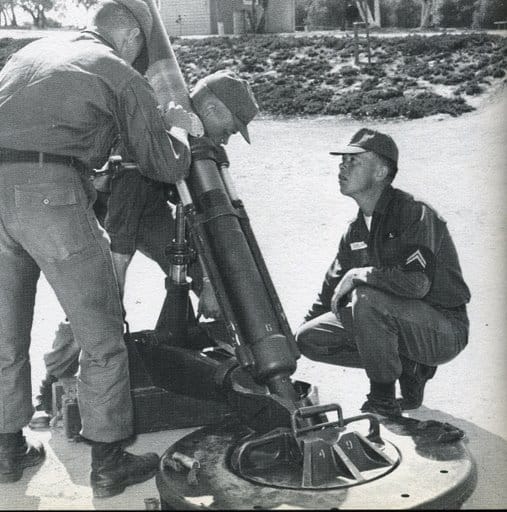













Comments are closed.